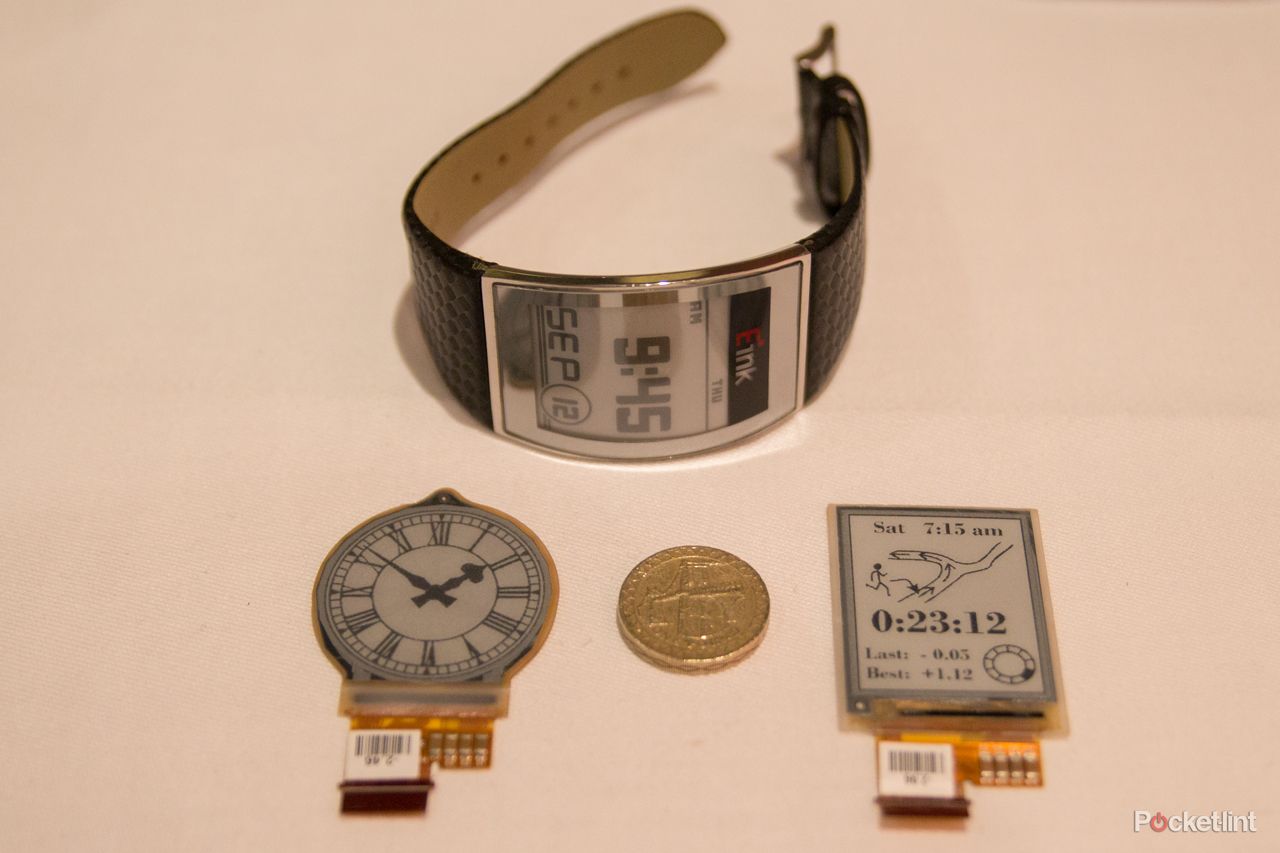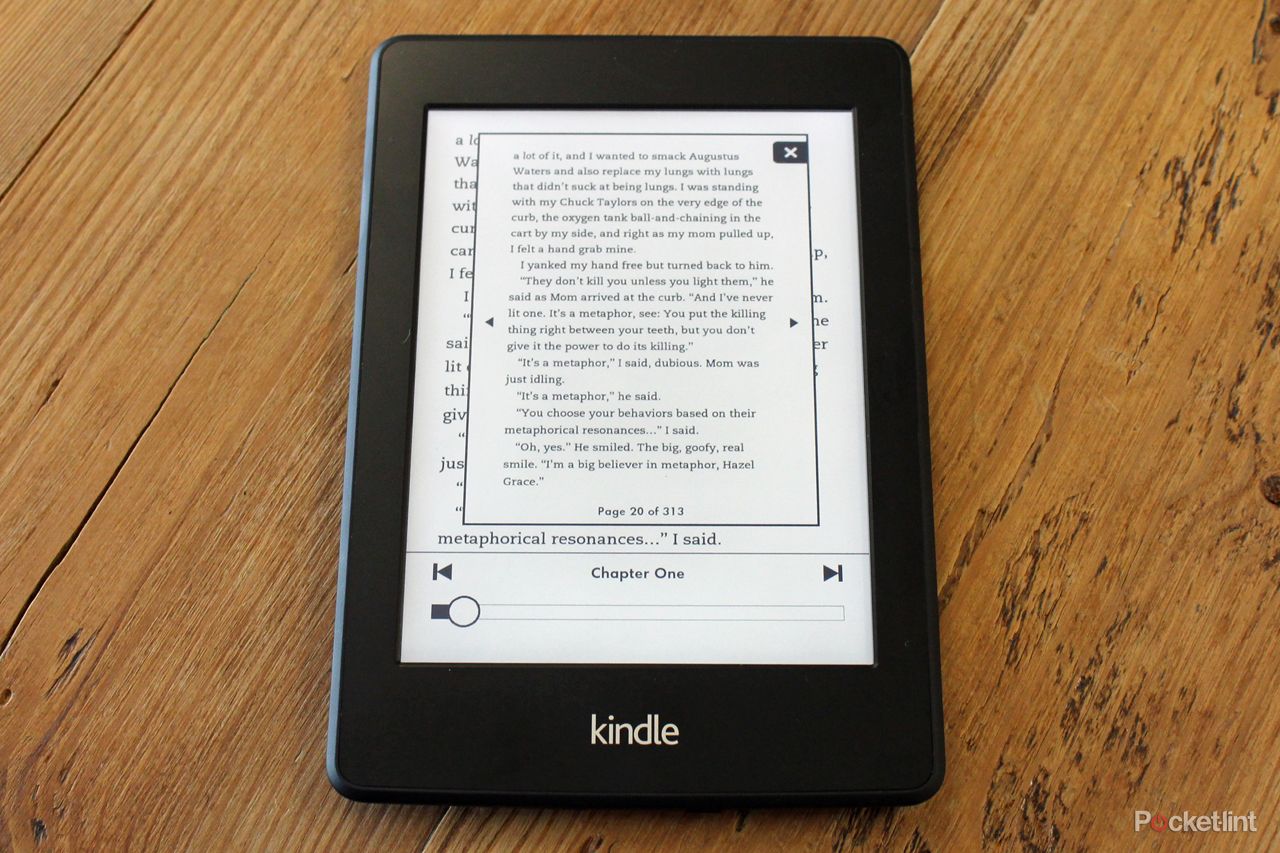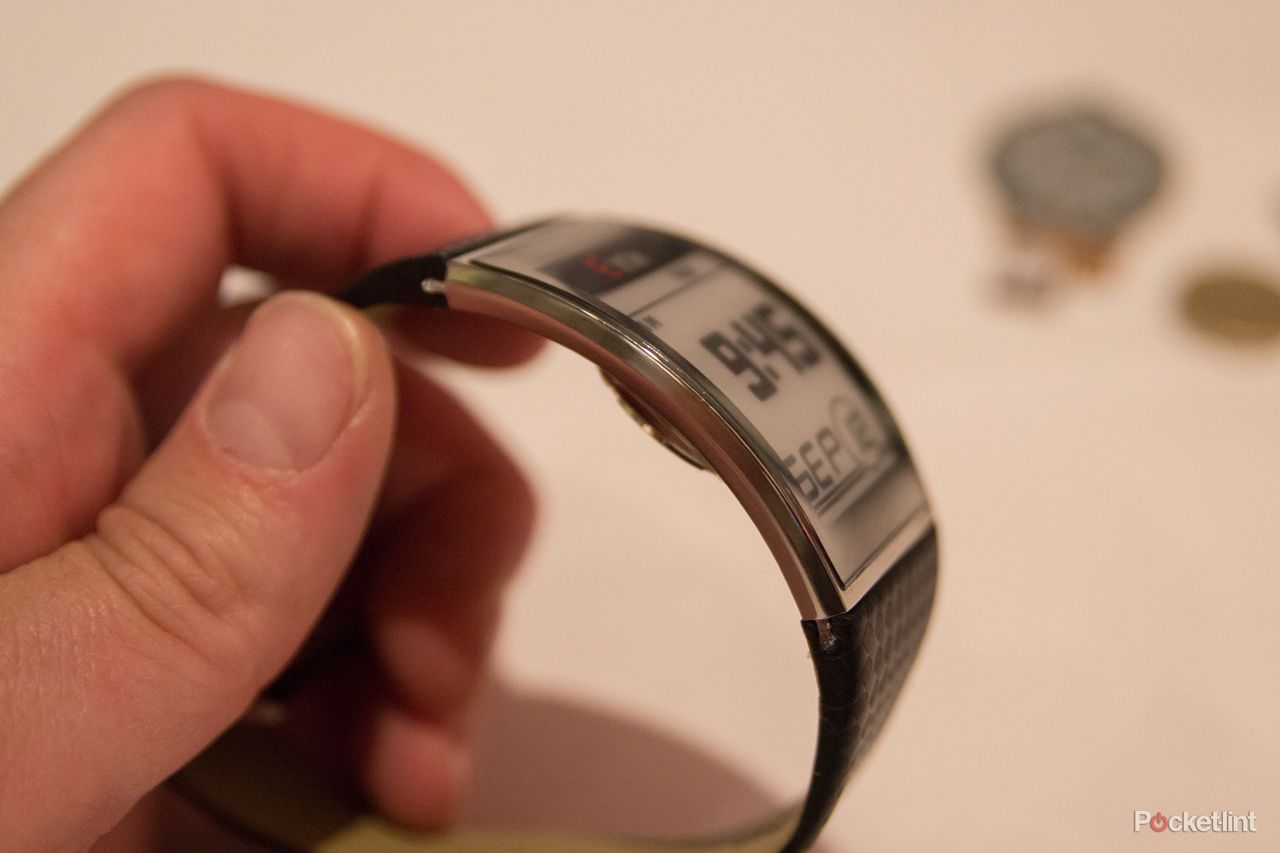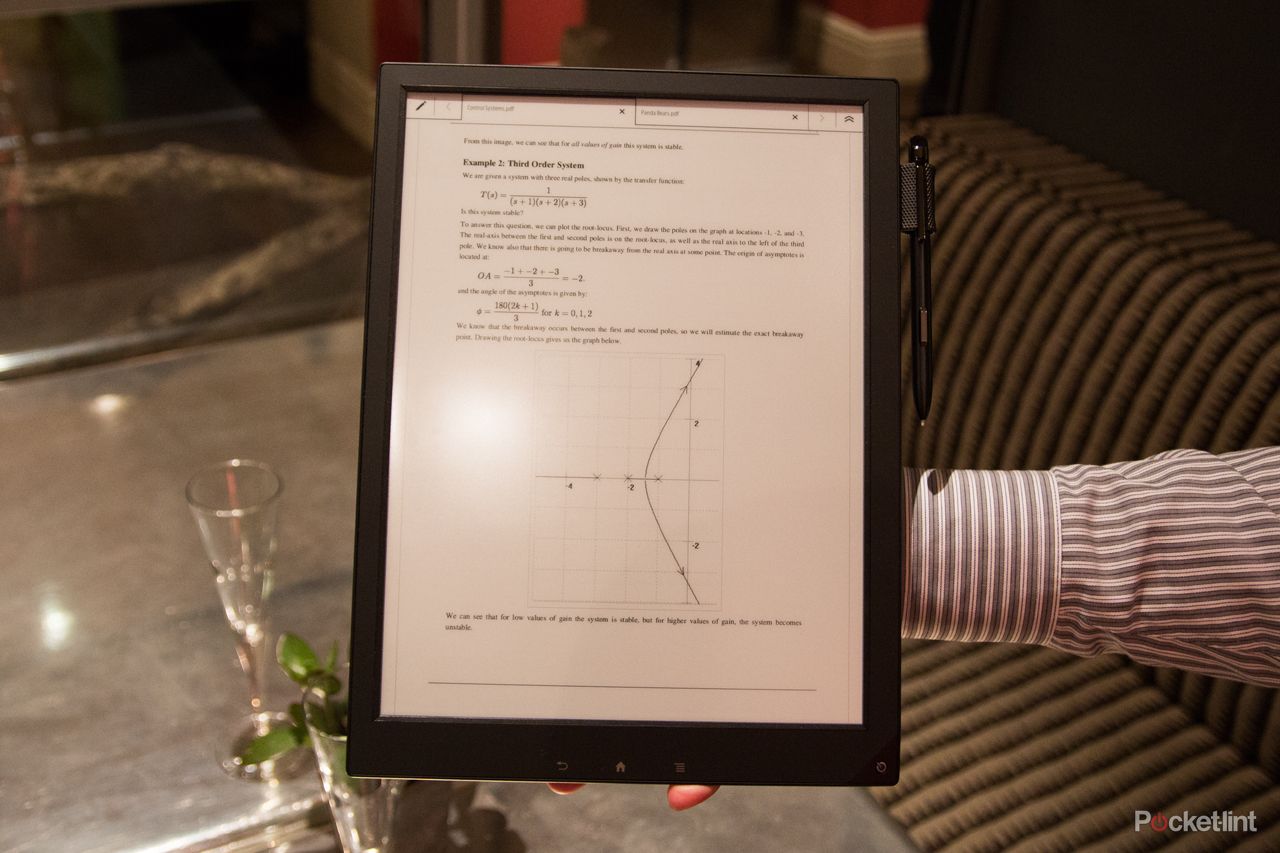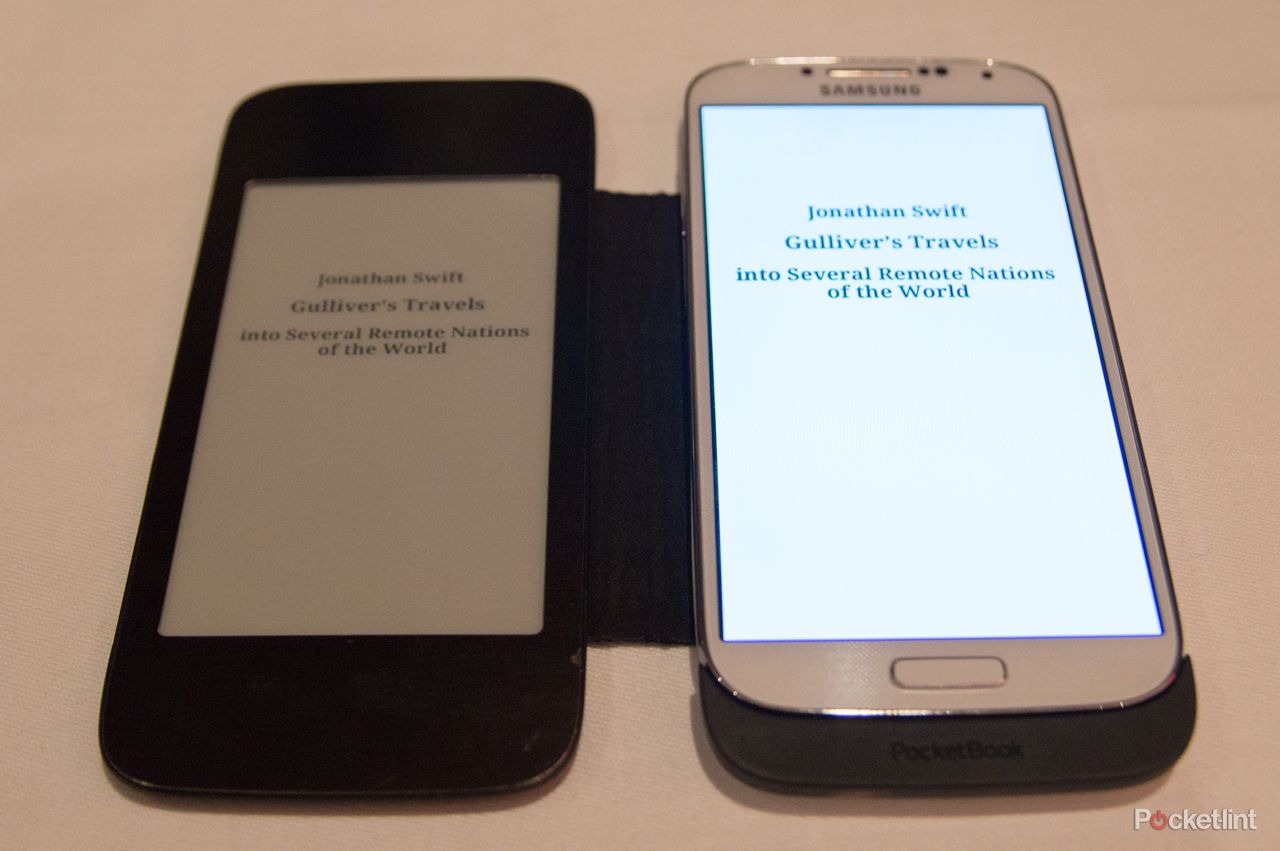Some may think E Ink is a limited format, a poor cousin of the full-colour, all-singing and all-dancing LCD that graces each glossy tablet launch. But for those in the know, E Ink is a wonderful display technology that brings with it a wide range of benefits and opportunities.
We sat down with Giovanni Mancini, director of product management at E Ink Corporation, to talk Kindle, Kobo, flexible, wearable and everything else.
Kindle vs Kobo: Regal rumble
E Ink announced its most advanced display at IFA 2013, known as Carta, which Mancini places on the table before us in a hotel in Soho. It's in E Ink's own casing, a working tech sample, ready to show off what the display can do. Out of context, it doesn't mean much, but Mancini tells us that this is the display in the new Kindle Paperwhite (2013).
We've seen the new Kindle and it looks brighter and whiter than the previous model, with better contrast than ever before. Mancini says that the new Carta display is 22 per cent whiter and that gain has been made through using improved pigments for the white and black active particles of the display. "We are just about at the same contrast ratio, sometimes better, as a book you buy," says Mancini.
E Ink works using microcapsules that contain a positively charged white particles or negatively charged black particles. By changing the charge within the panel, the mix of black and white can be altered to form letters and pictures.
Mancini is not only interested in the new Carta display, but also in the previous Pearl display. Both displays offer a technology that E Ink calls Regal Waveforms. In layman's terms it's Regal Waveforms that let you turn pages without a full refresh of the page. He places the new Kobo Aura on the table to demonstrate.
In the early days of E Ink, turning the page would see it flash black, then white, then the text would appear. That was a full refresh, flushing out the previously set image and replacing it with the new. Regal Waveforms allows the E Ink display to change only those parts that need changing: black particles from the old letter that would be in the same place in the next, stay in place. The means that devices like the Kobo Aura can flick through more than 100 pages before the display needs a full refresh.
When we question whether this is designed to reduce the battery use, Mancini chuckles, before saying no. The power needed to change the display is minimal, so that's not really a concern. Instead, Regal Waveforms is designed to give you smoother and faster page turns and improve the reading experience. That's something that previous Kindle Paperwhite and the Kobo exhibit (with the Pearl display), while the new Carta display in the 2013 Kindle Paperwhite brings that additional contrast with whiter whites.
Going flexible and wearable
Ebook readers make up a huge part of the E Ink business, as they provide the essential contrast, visibility in bright conditions and very economical battery life. But that's not all that E Ink Corporation is interested in.
"We try to deliver products that LCD can't do," Mancini tells us, and exploring new products is a big part of what E Ink Corporation does. Mancini explains that it's to the magnitude of 200 different product ideas a month, with plenty of approaches from companies looking to use E Ink displays and capitalise on the advantages it offers over LCD.
E Ink has been working on flexible displays using plastic instead of glass to laminate the E Ink core. But the interest here, says Mancini, is not in making a display that flexes, per se, but in one that's light, shatterproof and allows for better forming into the final product, something that's important for devices like smartwatches.
But according to Mancini, the crucial question for wearables is, when will these products provide a service that's of use to me? Giving great form, as well as long battery life and light weight, is something that future smartwatches can gain from using an E Ink display over LCD, even if on the surface it won't offer all the smart features of something like the Samsung Galaxy Gear.
READ: Samsung Galaxy Gear preview
There's already an E Ink smartwatch on the market - the Sonostar announced at Computex 2013 - offering a curved touch E Ink display. Mancini gives us E Ink's own sample watch. It's light and the curve of the display looks great, with Mancini pointing out that the use of an E Ink display means the battery doesn't have to be so bulky and that's certainly true. But, as Mancini says, a smartwatch will only be as useful as the features it offers.
We get the feeling from Mancini that it's the healthcare sector that is driving E Ink wearables at the moment, confirming that device announcements for Q4 2013 are likely in that sector.
Flexible doesn't mean small format either. Mancini places the Sony Digital Paper Prototype on the table. This 15-inch slate offers a thin and light format, so you have a huge space to write with the digitiser pen, as well as sketch or annotate documents. Again, it's healthcare where the Sony device is likely to find use, but it's currently on trial in a number of universities. It feels closer to a notepad than any LCD tablet does, but can display plenty of documents or textbooks, with large pages.
For the consumer, however, E Ink is still interested in innovative products. The Yota smartphone offers an E Ink rear display, letting you swipe content on to the low-power display for reference.
A new kid on the block from PocketBook offers a similar idea as the Yota Phone. It is a cover that has an E Ink display so you can send content from your phone over to it - saving power when you're reading a book on the train, for example.
The PocketBook, which was announced at IFA 2013 for the Samsung Galaxy S4, does add some bulk to your smartphone, but as you'll be able to switch off the display and continue to read on your phone's cover, it's potentially a great way to keep reading knowing you won't end up with a flat battery. There's no confirmed price or date for the new cover, but it's an interesting idea.
Mancini confirms that beyond this, there's interest from manufacturers and networks in E Ink as a way to monitise their offerings. The idea is around location-based offers coupons. For example, when you walk into a shopping mall, an E Ink panel could be flashed with offers. It's a way of sending something to a phone, without the battery drain of the main display. Imagine, also, if you could have your flight boarding card on the E Ink display, rather than on the LCD. Once it's there, it doesn't matter if the battery goes flat, as the image will stay in place.
E Ink might not have the same ability to jump out and impress with fast-moving graphics, hugely detailed movies or colours that leap off the page as LCD, but the success of devices like the Kindle prove that there's still a lot on interest in what E Ink can bring to a device. The future looks bright too with E Ink's interest in bringing devices to market that do things that you just can't do with LCD.

